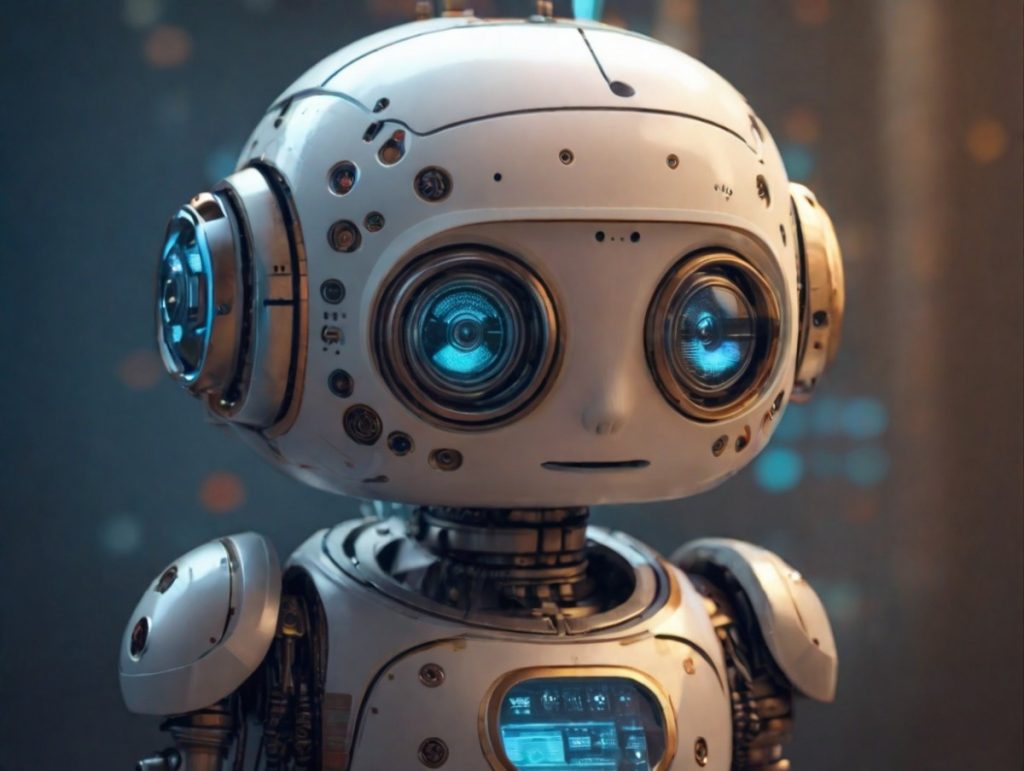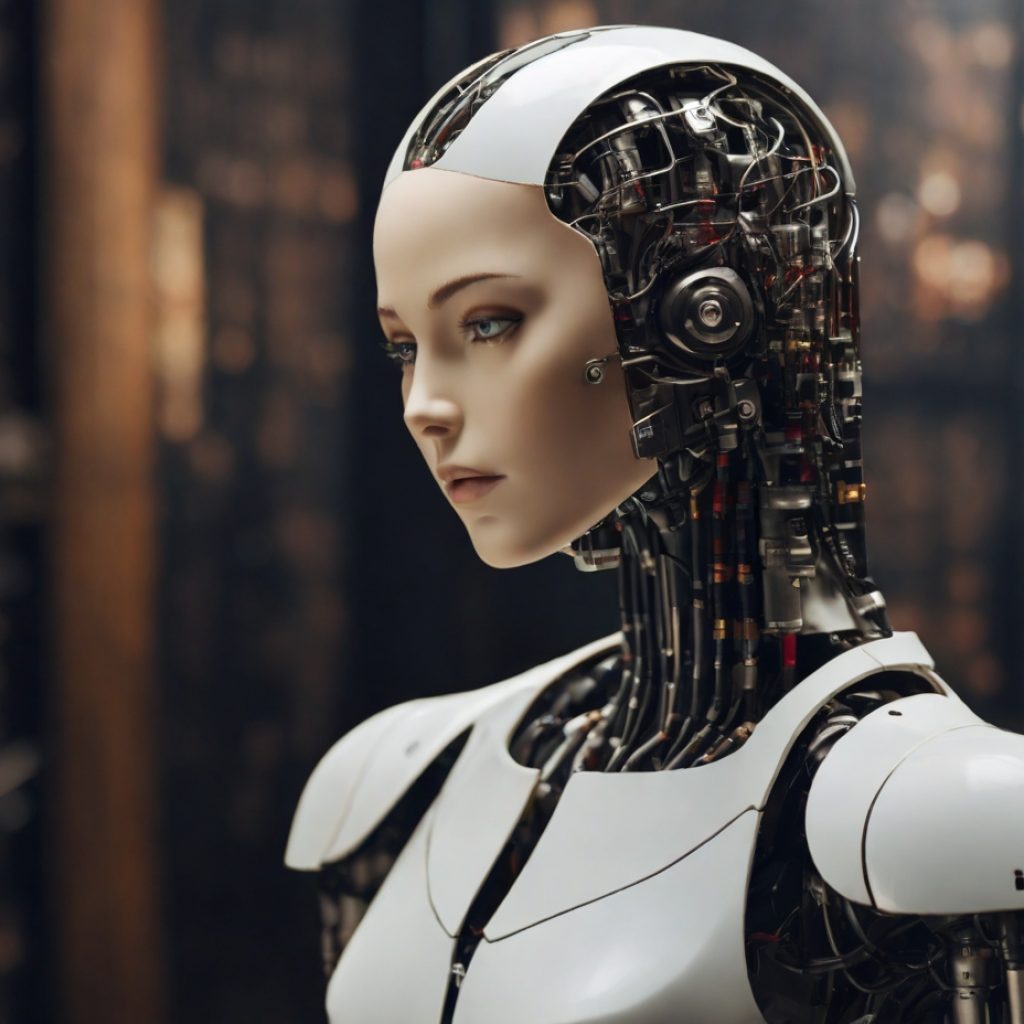Artificial Intelligence (AI) is rapidly advancing and has the potential to revolutionize the job market, raising concerns about its impact on the American workforce and in particular, white-collar jobs. According to a Pew Research Center study, approximately 1 in 5 American workers have jobs with “high exposure” to AI, with uncertain consequences for their employment prospects. As the technology continues to evolve, it may replace or assist white-collar, higher-paid workers, unlike past technologies that mainly affected physical laborers on factory floors.
Throughout history, technological advancements have transformed the job market. Robots and automation, for instance, have become commonplace in factory settings, leading to changes in job roles or the creation of new ones. The rise of AI is expected to have a similar impact but with a focus on white-collar, higher-paying positions in office spaces. Experts, however, remain uncertain about the speed and scale of this transformation.
Understanding AI’s Role
AI is designed to mimic human cognitive abilities, enabling machines to perform tasks independently. ChatGPT, an AI chatbot developed by OpenAI, gained significant attention when it was introduced to the public in November 2022. Millions of people used the program for various tasks, sparking a national debate about the technology’s potential impact on the job market. Unlike traditional robots that handle physical tasks, AI’s capabilities lie in performing analytical and cognitive functions.
High Exposure Jobs and Potential Displacement
A recent Pew study revealed that 19% of U.S. workers are in jobs with high exposure to AI. These jobs include budget analysts, data entry keyers, tax preparers, technical writers, and web developers. Workers in these roles often require strong analytical skills, making them susceptible to AI replacing or assisting their most critical job functions. Interestingly, the group with the most exposure to AI tends to be women, white or Asian, higher earners, and college degree holders.
Uncertainty and new occupations
While some experts predict potential job displacement due to AI, others believe it could create new and previously unknown occupations. The uncertainty surrounding AI’s impact is evident, as economists and researchers are divided on the subject. Cory Stahle, an economist at Indeed, acknowledges that there could be displacement. Still, he also emphasizes the possibility of AI opening up new job opportunities that have yet to be identified. The impact of AI on the job market remains a topic of debate, and its true effects are yet to be fully understood.
In contrast, 23% of American workers have low exposure to AI, engaging in physical activities that AI, in its current form, cannot easily replicate. Occupations like barbers, dishwashers, firefighters, pipelayers, and childcare workers fall into this category. These jobs are less likely to be disrupted by AI, providing a sense of stability for those in these roles.
Income disparities and AI exposure
The Pew study also highlights income disparities related to AI exposure. In 2022, workers in the most AI-exposed jobs earned an average of $33 per hour, compared to $20 in jobs with the least exposure. This income gap reflects AI’s varying impacts on different job sectors and income levels.
Historical perspective on technological advancement
The fear of technology eliminating jobs has existed throughout history since the Industrial Revolution. While many of these concerns have proven unfounded, some workers have suffered job losses due to automation. However, experts like Harry Holzer, a professor at Georgetown University, assert that automation has also created new job opportunities, leading to overall net job growth.
In advanced economies like the U.S., new technologies tend to negatively impact net jobs, resulting in a slight decline in employment. However, this trend often reverses after a few years, with a modestly positive impact on employment. This pattern suggests while job displacement may initially occur, new job opportunities arise as technology progresses.
The future of AI in the job market
While previous automation has had varying impacts on the job market, the future of AI poses unique challenges. Holzer believes that “new automation,” including AI, could lead to greater worker displacement and inequality compared to earlier generations of automation. Millions of workers in various industries, such as vehicle drivers, retail workers, lawyers, accountants, finance specialists, and healthcare workers, could risk losing their jobs to AI. However, employers increasingly seek AI-related skills, indicating a potential demand for workers who can build and utilize AI technology.
As AI continues to evolve, the job market faces uncertainty regarding its impact on various sectors. While some high-paying white-collar jobs may be at risk of displacement, new occupations may also emerge due to AI advancement. Income disparities are evident between AI-exposed and non-exposed jobs. While AI’s impact on the job market remains unknown, one thing is certain: the workforce must adapt to the changing landscape and acquire relevant skills to remain competitive in an AI-driven world.






